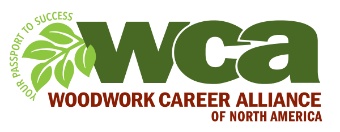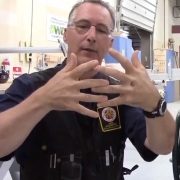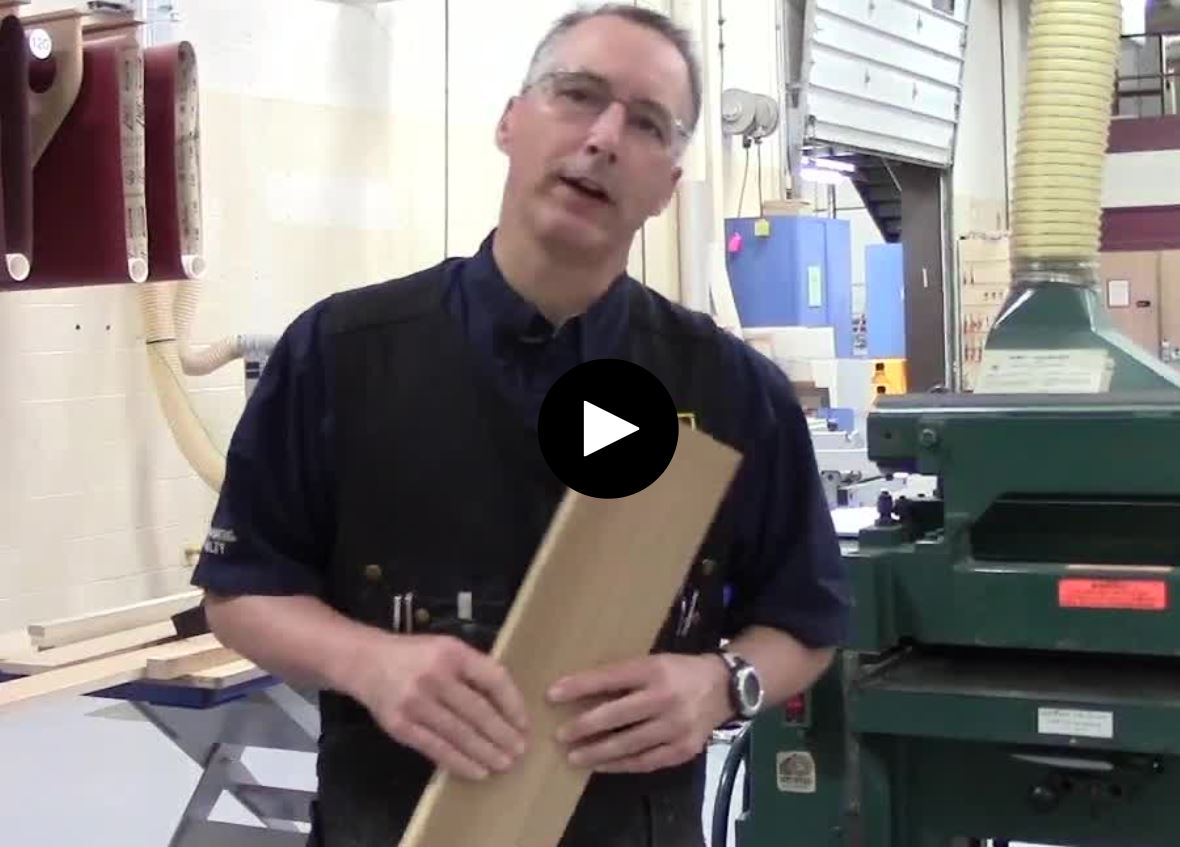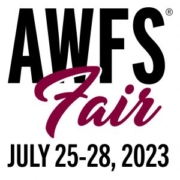WCA’s Online Training Resource Library Worth Checking Out
Among the many benefits of being a member of the Woodwork Career Alliance of North America is having free 24/7 access to a treasure trove of training materials and teaching aids maintained on the WCA’s website.
The WCA’s Training Resource library includes lesson plans, instructor notes and videos related to machining operations common to most high school and postsecondary woodshops. The password-protected library is only accessible to current EDUcation and MANufacturing members.
Patrick Molzahn, program director of the Cabinetmaking & Millwork Program at Madison College, added dozens of new videos and updated instructional materials to the library that he created this past summer. Among them is the planer demonstration video included above and this related Planer Learning Plan.
“These were COVID-19 created because I knew the program here at Madison College was going to be a hybrid format this fall with some instruction in the shop and some online.” Molzahn said. “I created videos of my demonstrations because of the difficulty of having students crowd around a machine due to social distancing rules. I made more than three dozen demonstration videos. They were minimally produced compared to earlier videos I produced that were highly scripted and edited.”
Links to the new the videos are embedded in related learning plan documents that Molzahn updated for his courses that he shared with the library.
“I require my students to print the learning plan. This is their direction for a step-by-step learning process. It typically starts with reading Modern Cabinetmaking and goes down through viewing a worksheet or presentation and has links to the videos I created.
“These videos are not available on YouTube,” Molzahn added. “Only my students and people who have access to the WCA library can view them.”
For example, the “Boring” folder in the WCA Training Resources includes eight documents on Drill Presses and five documents on Portable Drills & Drivers.
Boring is but one of seven training operation folders in the library. Other topics include:
- Layout and Measurement
- Sawing
- Milling
- Shaping
- Sanding
- SkillsUSA Plan Archives
“For drills and drivers, we have an information sheet in a PDF and a Word Doc so that a teacher can edit it easily.” Molzahn said. “Everything starts with a learning plan. Each of these was updated to include the new demonstration video. What’s also new is that I added my teaching notes. These have been developed over 20 years of teaching. If you are a new teacher looking for a place to start, you don’t need to reinvent the wheel. You can take my teaching notes and tailor them based on your specific machine or need.”
Contributions to the WCA Training Resources Library Welcome
While the majority of resources in the library were “donated” by Molzahn, additional materials have trickled in. “The true vision is that this will become a collection of best practices and materials from teachers all over North America,” Molzahn said.
“I initially posted videos and instructional guides that I thought represented a good start, particularly for the Sawblade certificate evaluation,” Molzahn said. “Slowly we’re starting to see some things trickle in from other schools, though not as fast as I would like. I always felt teachers kind of work in our silos and do our own thing. But I know we could all get a lot further if more instructors chipped in and shared some of their best instructional resources on specific machines and operations.”
As two top-top-of mind examples, Molzahn said he would like to see more content on moulder training and woodworking software added to the library. “There’s a lot of need and request for moulder instruction by the industry. In addition, while we don’t really address software in the WCA skill standards, I know a lot of teachers would find software training materials useful.
Molzahn invites woodworking instructors to submit materials to the library by contacting him at PMolzahn@madisoncollege.edu.
“I think COVID has kind of put us into a situation where we have to make the best use of these resources and it’s opening doors rather than closing doors.” Molzahn said. “I think it’s giving us some new opportunities and forcing people to be a little more creative on how they solve problems. They’re learning that the tougher things are, there can be positive things that result from it.”





Leave a Reply
Want to join the discussion?Feel free to contribute!